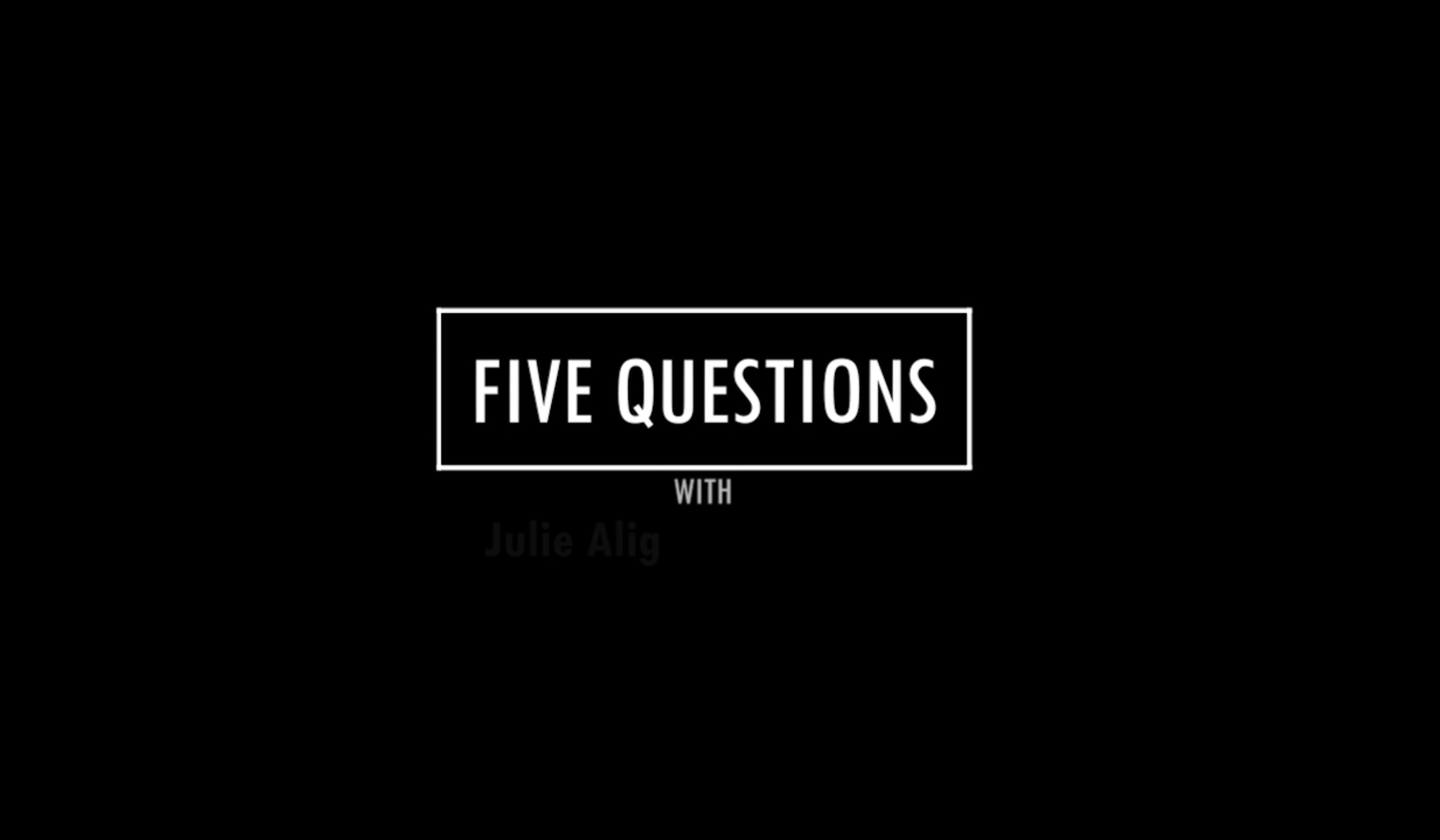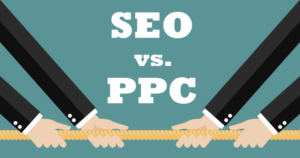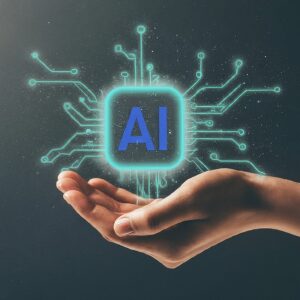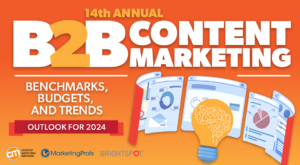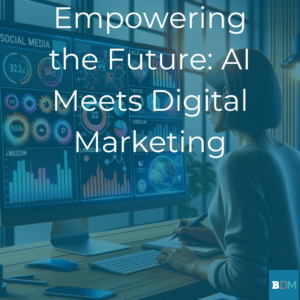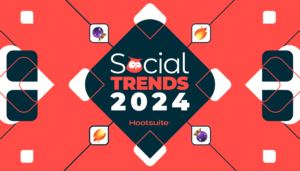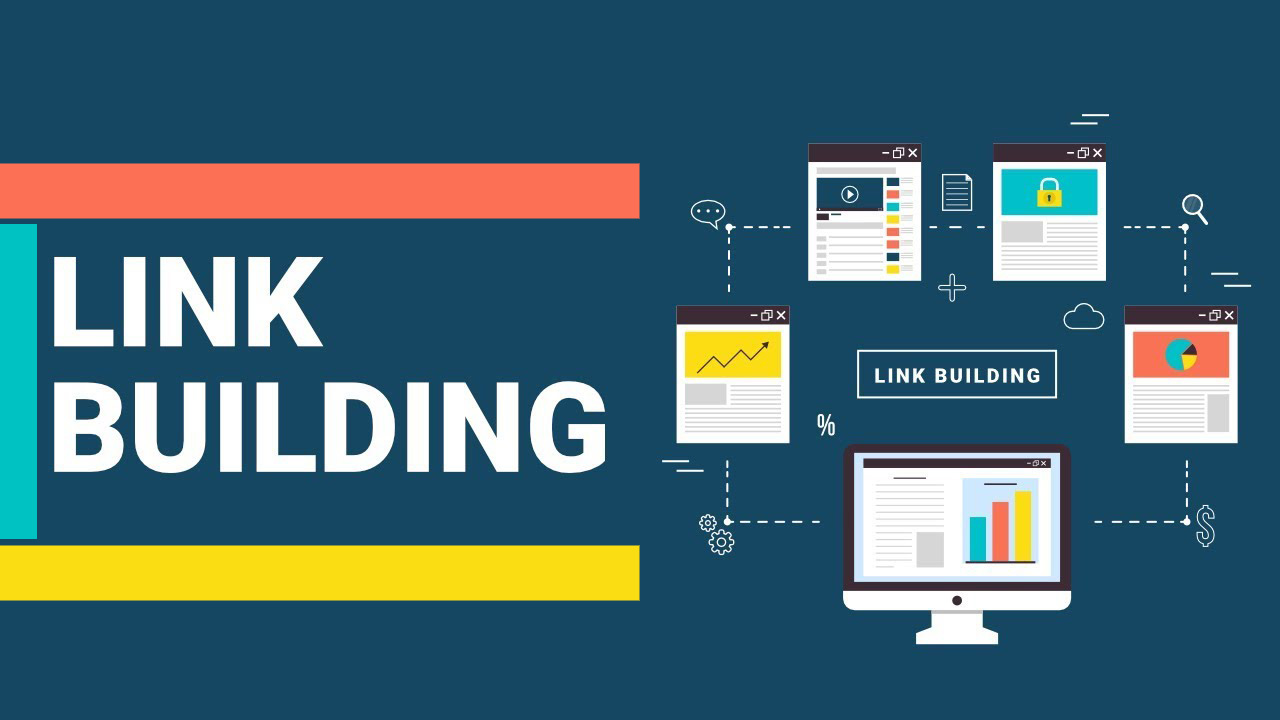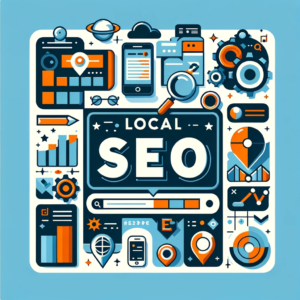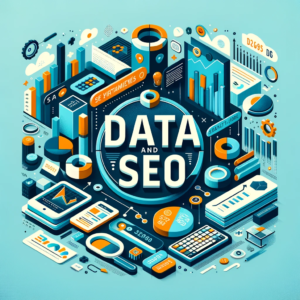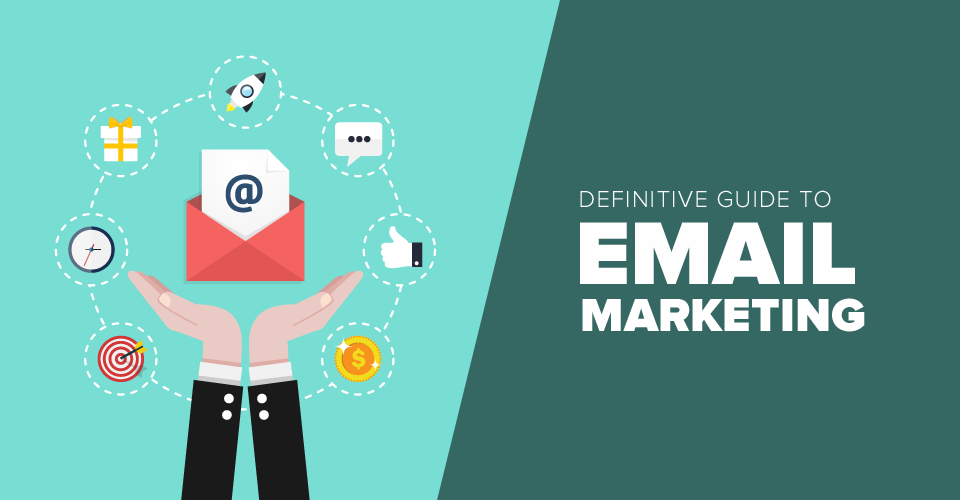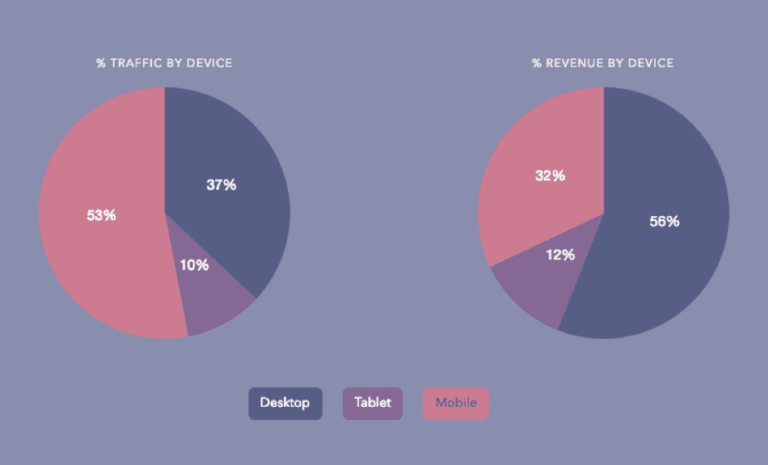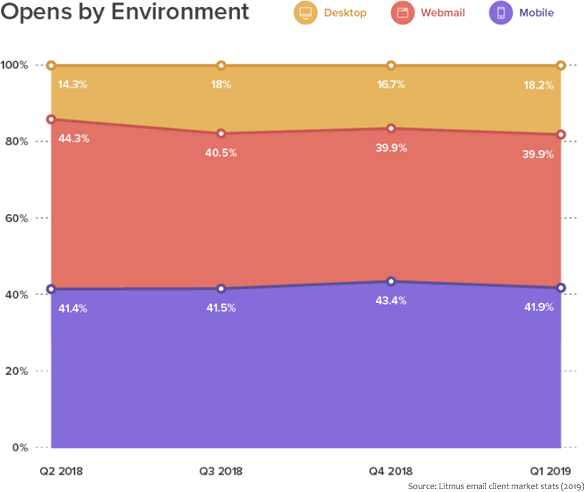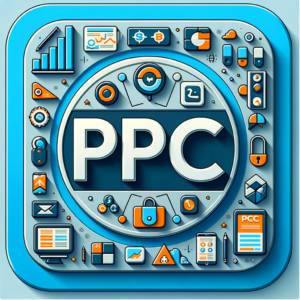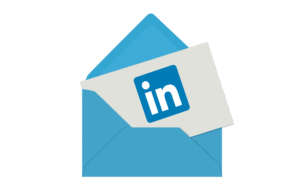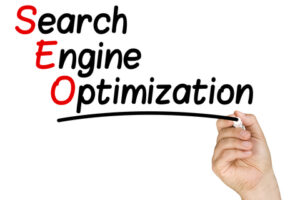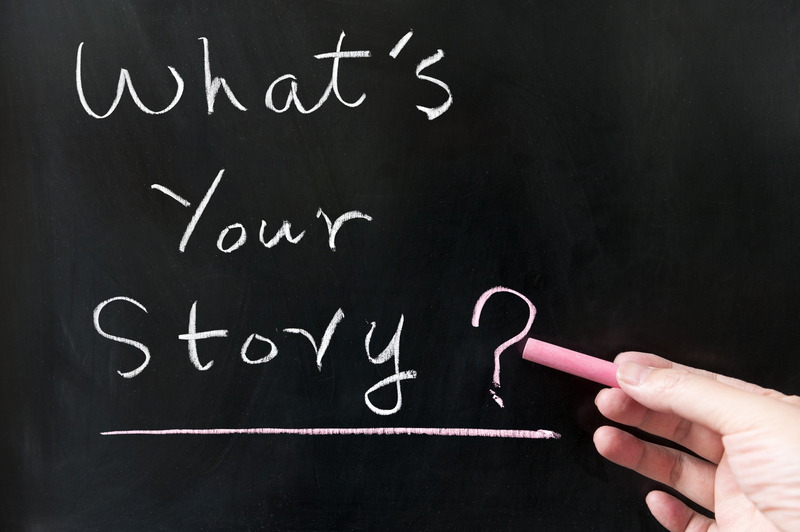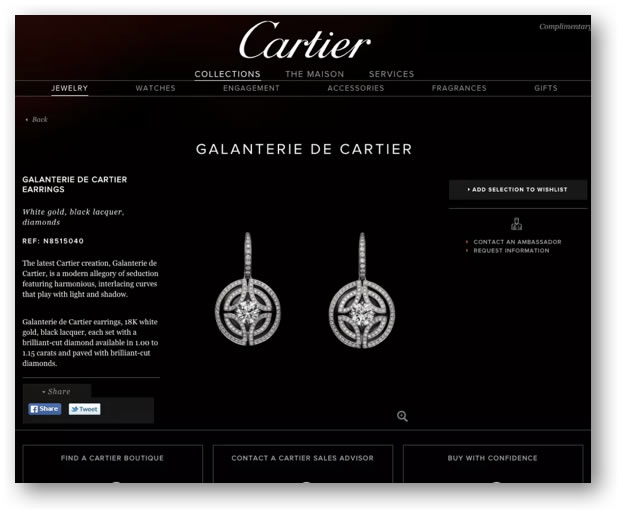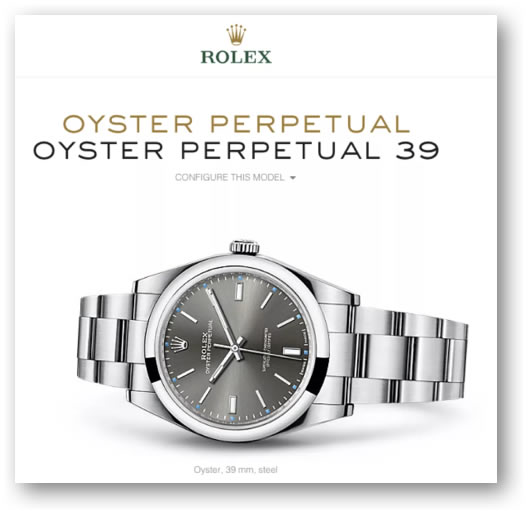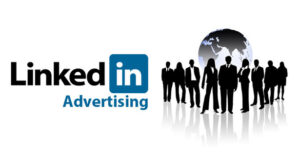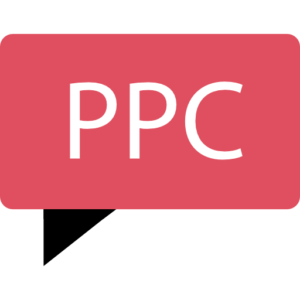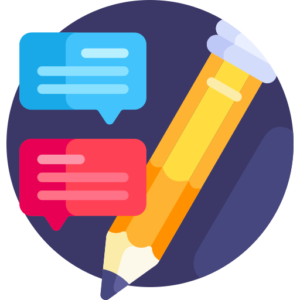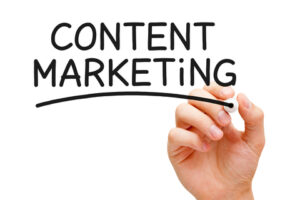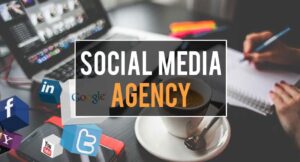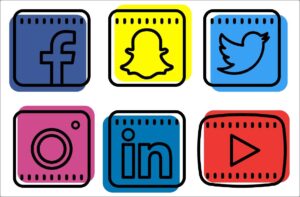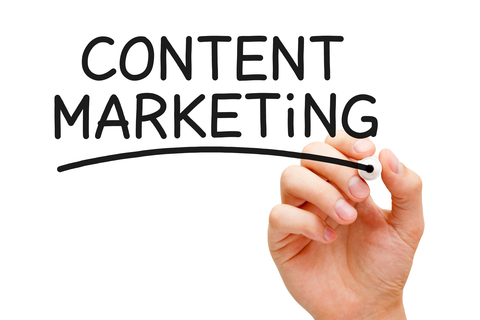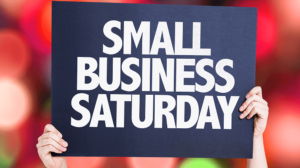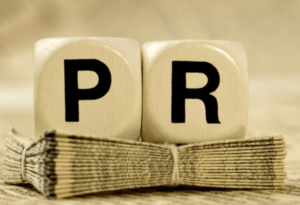Should You Be Advertising Right Now?
We are a month or so into a Stay at Home order in New England and a like many small business owners you are wondering whether you should pull or pause your ad spending as the COVID-19 crisis puts a strain on your businesses.
The good news is that research shows that your buyers want you to continue to advertise.
A March 2020 survey by GlobalWebIndex asked internet users in 13 markets whether companies should continue advertising as normal. Nearly four in 10 US respondents agreed, and a similar share (35%) were neutral, compared with 28% who disagreed.
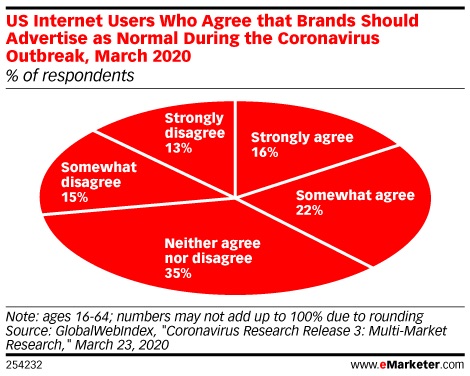
These results are similar to what we saw in a survey from Kantar, where just 8% of consumers in 30 countries believed that businesses should not advertising during this crisis.
This does not mean that your messaging now will be the same as before the pandemic.
In fact 77% of respondents said they wanted advertising to “talk about how the brand is helpful in the new everyday life,” and 75% said it should “inform about [the brand’s] efforts to face the situation.”
The type of messaging we are seeing work really well right now is advertising that shows that you are part of the community and what you are doing to help your employees, customers and community.
Here is a good example from Ford Credit giving customers that they have some breathing room around their car payments.
Or this tweet from Budweiser announcing they are diverting their sports budgets to crisis aid efforts.
In uncertain times, there’s one thing that remains certain: we are #OneTeam.
— Budweiser (@budweiserusa) March 25, 2020
Let’s come together in support of the heroes on the front line of the health crisis.
Learn how you can join us and the @RedCross at https://t.co/a3OxgiGqeF pic.twitter.com/e7OC8cKAMm
Recent Posts

The Power of Online Reviews for Small Businesses
The Power of Online Reviews for Small Businesses As a small business owner, you may be wondering why online reviews are so important. Online reviews
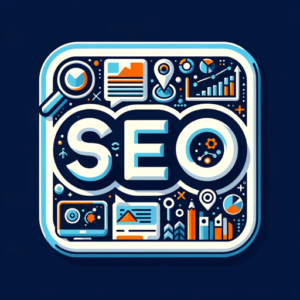
Five Most Important SEO Metrics
The Five Most Important SEO Metrics I recently came across the HubSpot State of Marketing report which showed how companies measure the success of their
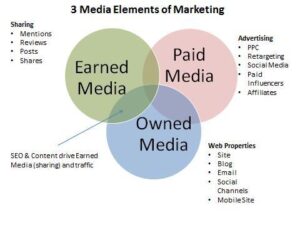
The Three Traffic Sources For Startups
The Three Traffic Sources For Startups I was recently re-reading Randall Stross’s book, The Launch Pad: Inside Y Combinator, Silicon Valley’s Most Exclusive School for

SEO: The Key to Sustainable Business Growth
SEO: The Key to Sustainable Business Growth Search Engine OptimizationIn today’s digital landscape, businesses can no longer afford to underestimate the power of search engine
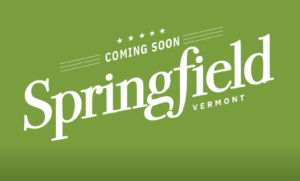
Vermont Web Design
Springfield802.com Partners with Braveheart Digital Marketing to Enhance Online Presence Springfield802.com, the premier digital platform for Springfield, Vermont, today announced a partnership with Braveheart Digital

AI In Digital Marketing
Mastering AI in Digital Marketing Today, the digital world changes fast, thanks to new tech. In this landscape, Artificial Intelligence (AI) is a big deal,

